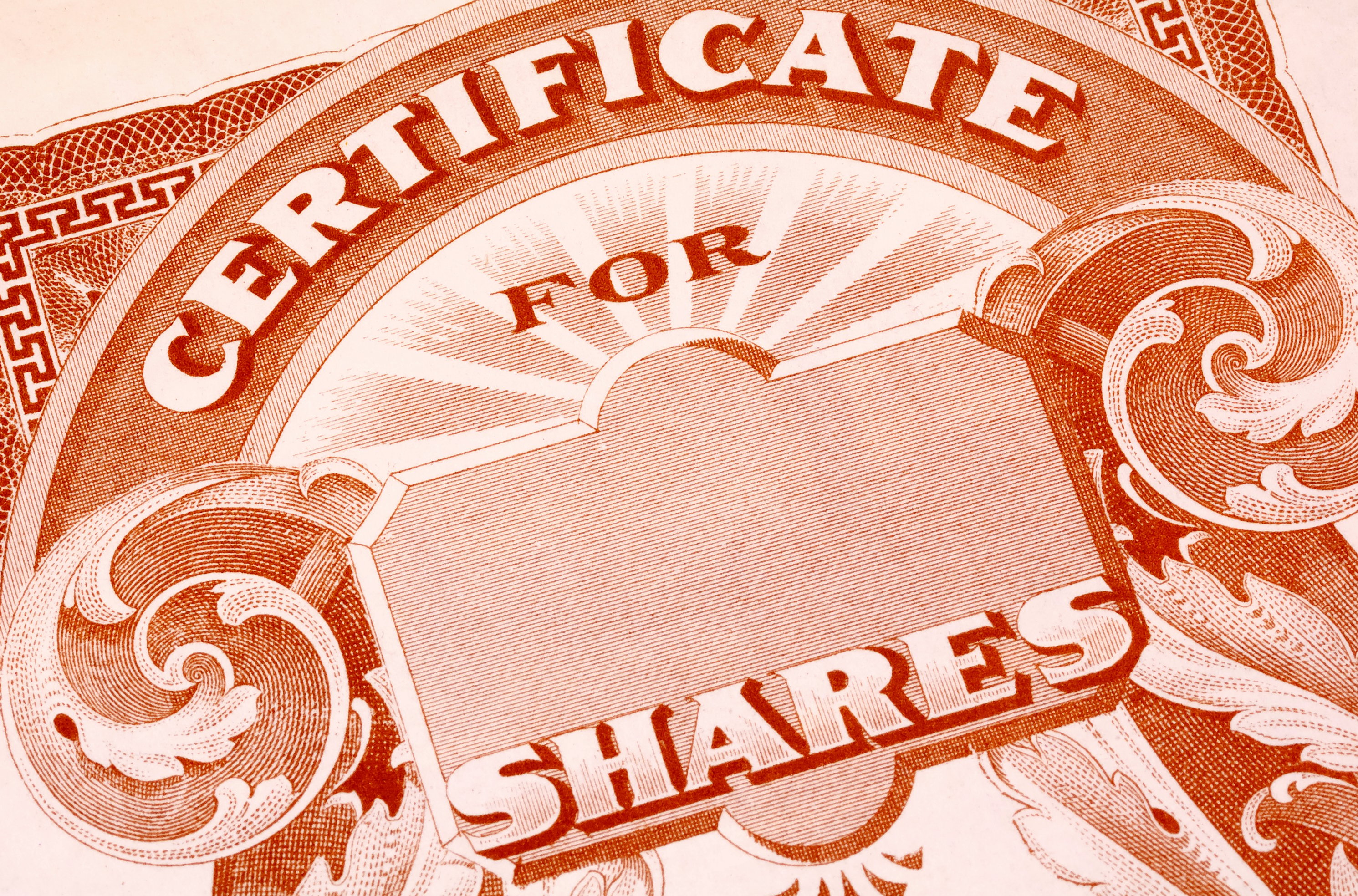If you've never tried a pair of Google Glass, it's probably hard to understand what all the fuss is about. Heck, even if you have tried Google Glass, it can be tough to figure out. At this early stage of development, the product is just an interesting mini-computer worn as eyewear, with very limited applications.
The future, however, is so bright you'll have to wear shades on those things. The real promise lies in the imagination of third-party app developers.
Kyle Samani and Patrick Kolencherry founded Pristine and developed two applications for Glass. Pristine Eyesight streams real-time audio and video to authorized devices, allowing doctors and other professionals to show others exactly what they're seeing -- whether in surgery or in the field. Pristine CheckLists allows health professionals to launch life-saving checklists with a simple voice command. These two apps are the only HIPAA-compliant, hands-free, voice-controlled video streaming and checklist solutions available.
The Fool's Max Macaluso and Rex Moore caught up with Kyle at the recent mHealth Summit near Washington, D.C. In this video, Kyle explains the vast promise in this sector.
A full transcript follows the video.
Max Macaluso: Kyle Samani, CEO of Pristine, can you tell us first of all what Google Glass is?
Kyle Samani: Sure. In the most simplistic terms, Google Glass is a computer. To provide a frame of reference, your laptop is a computer on your desk, your iPhone is a computer in your pocket, and now Google Glass is just a computer on your face.
It has all the same basic components as any computer -- RAM, CPU, storage, battery, Wi-Fi -- all those things, and it runs an operating system like your phone does. It runs Android so you can program it to, theoretically, do anything. It's really just a computer.
There are some creepy factors associated with just the form factor, and the fact that there's a camera facing you, all the time. But once you get used to those, or get comfortable with those, you realize that it is no different, fundamentally, than your laptop or your smartphone.
Macaluso: When you first saw this new technology, what made you think of the health-care sector?
Samani: I come from a health/IT background. I spent the last three years in the health/IT world, working at an EMR company out of Austin, Texas, called VersaSuite. They build EMRs for rural hospitals. I got a broad range of experience there, in engineering, sales, and product management.
I saw that Google announced the Glass beta earlier this year and I thought to myself, "We're already using computers as laptops, and we're already using smartphones. This is a hands-free computer, and medical people are always doing stuff with their hands. It just makes sense that they're going to have a hands-free computer."
Pretty much from the moment Google announced the Glass beta, I started looking for the right opportunities and places to go and get into. I quit my job, got my co-founder, and raised some money, and we're on our way.






